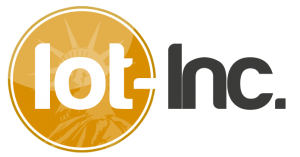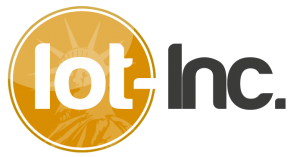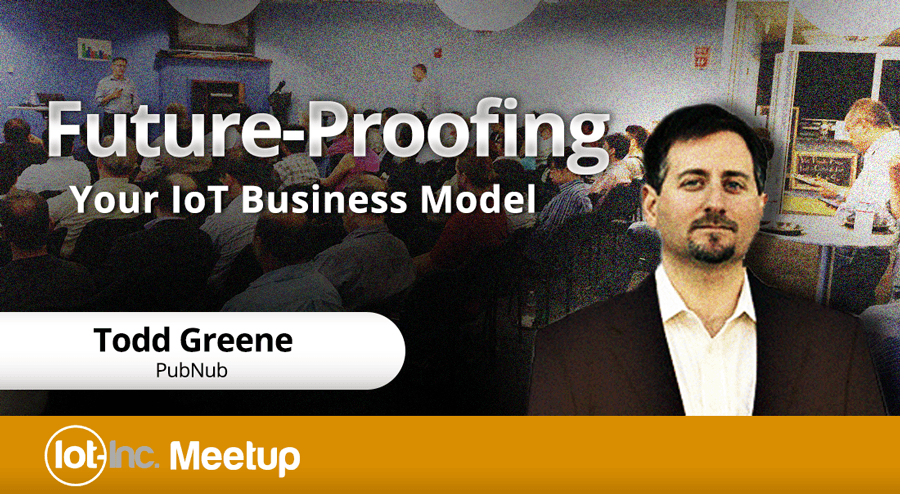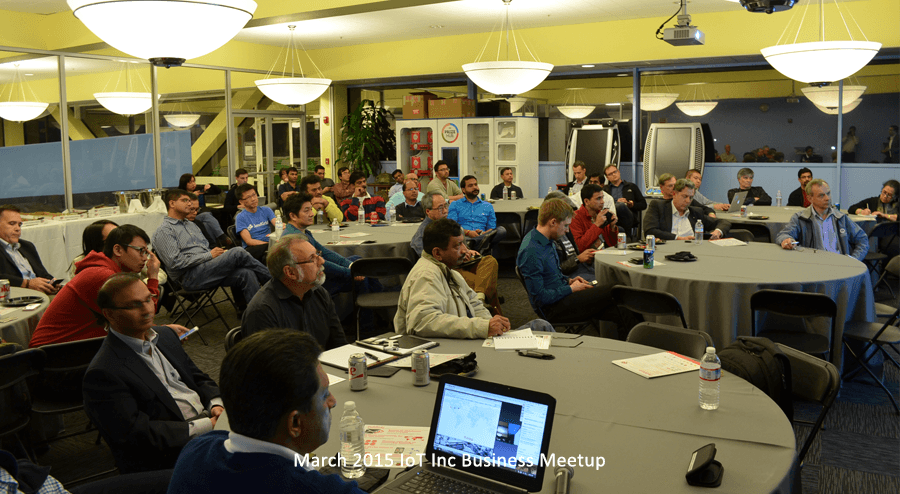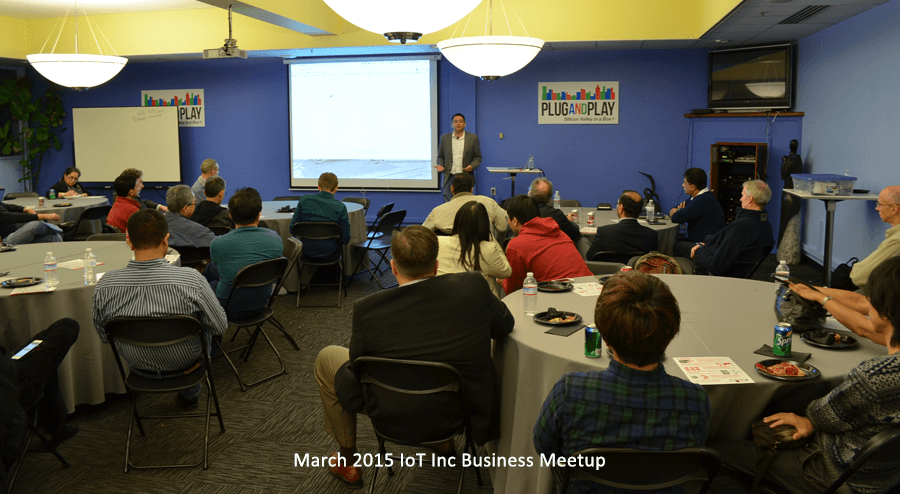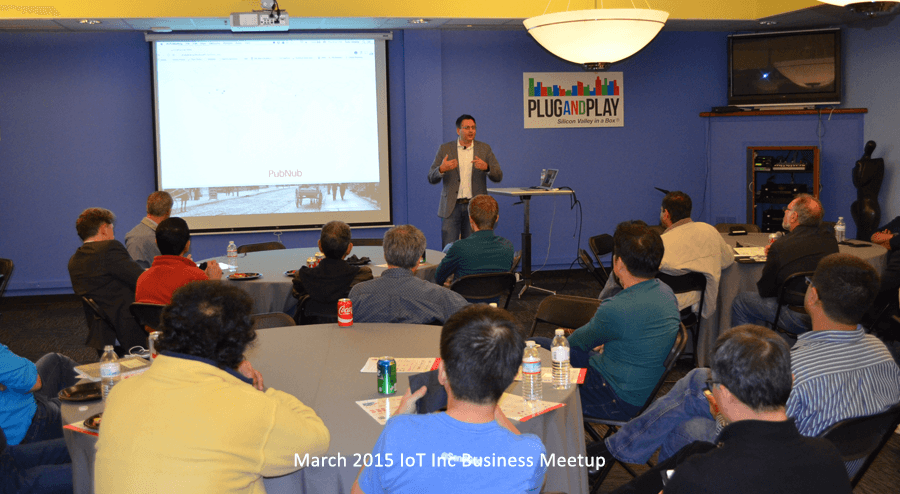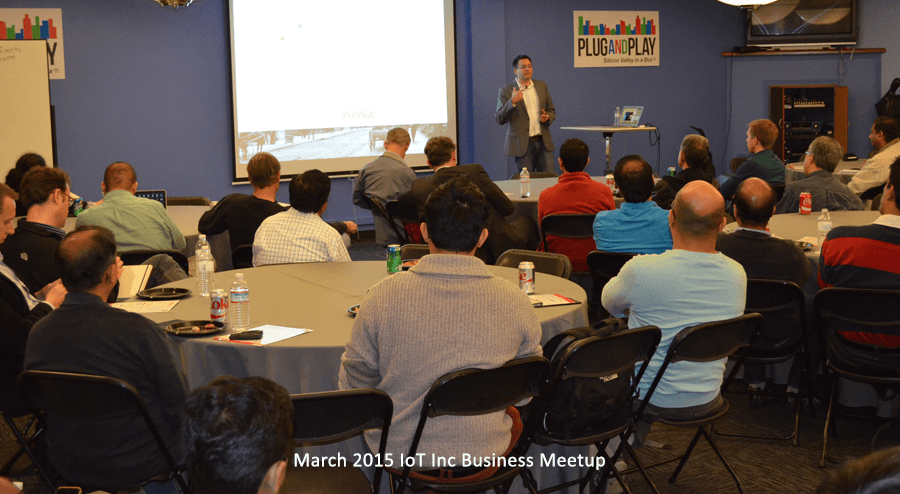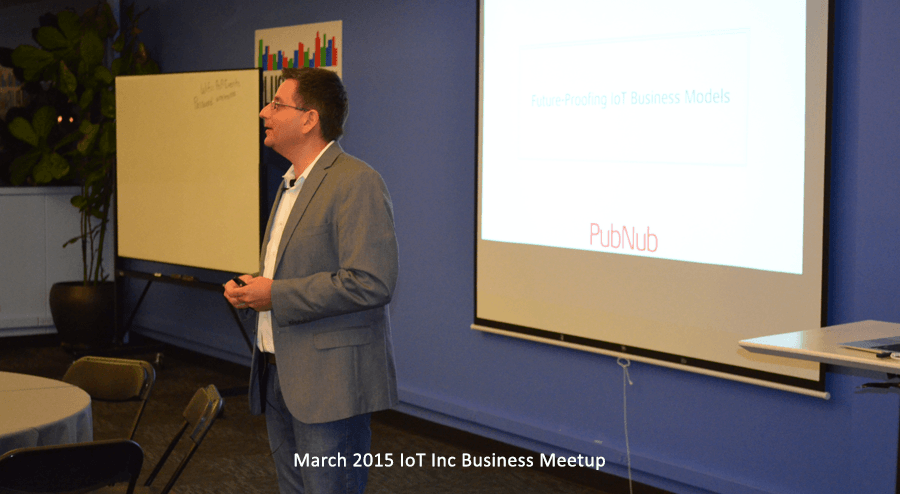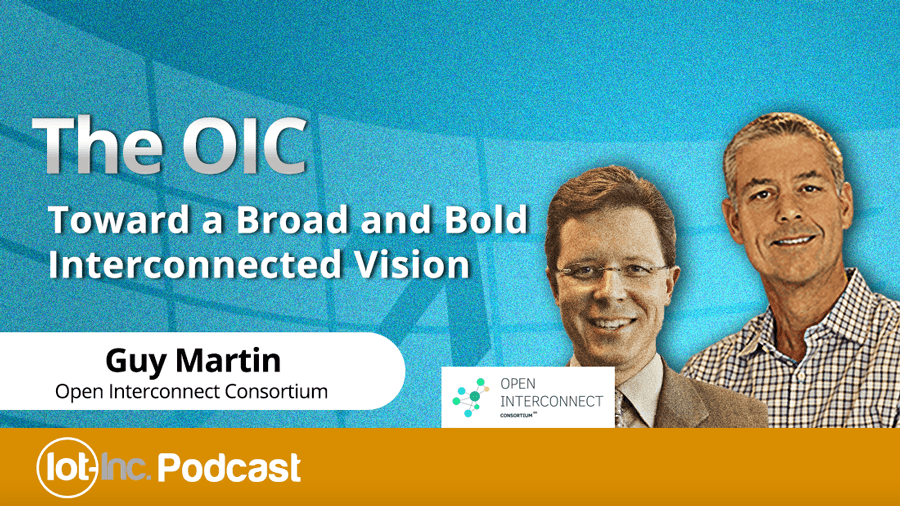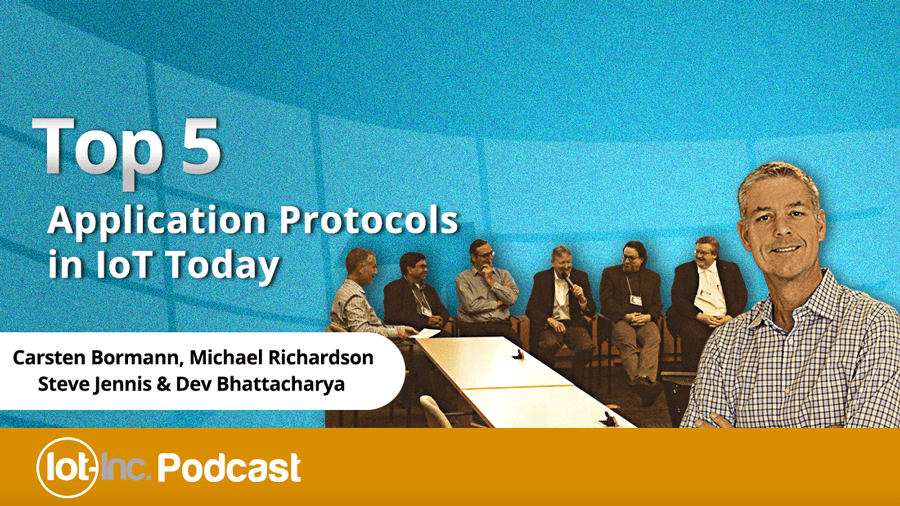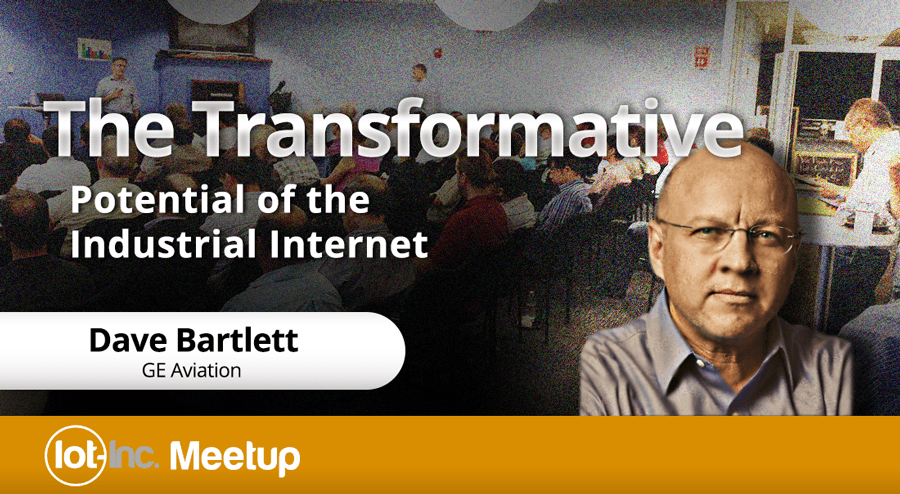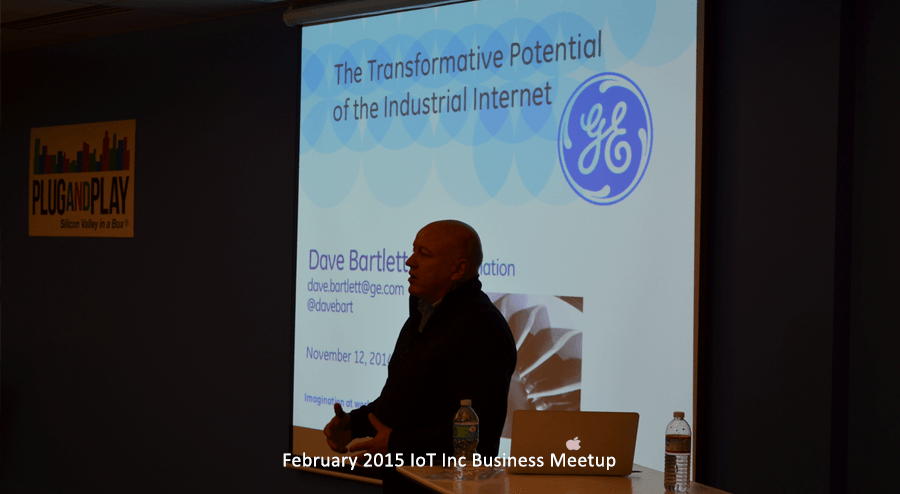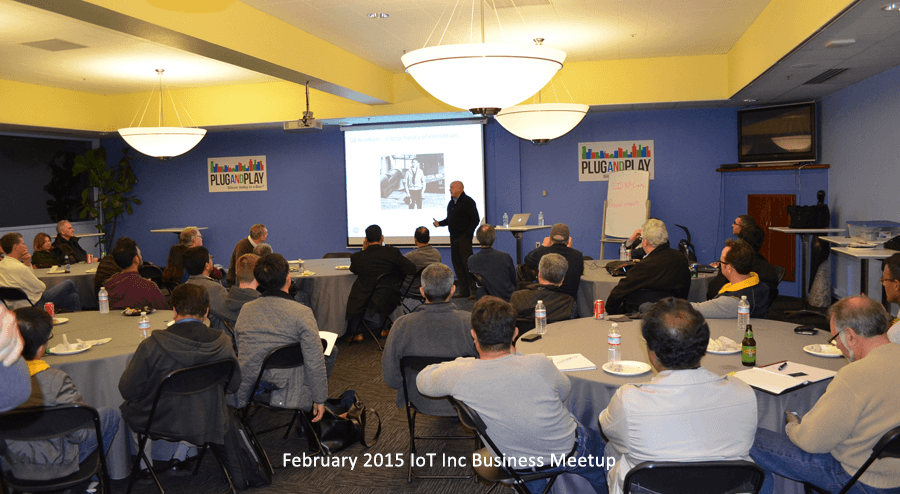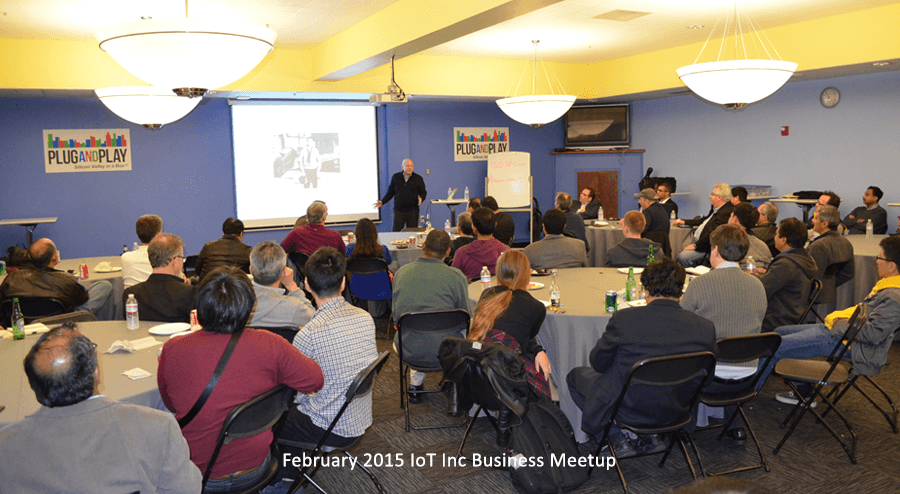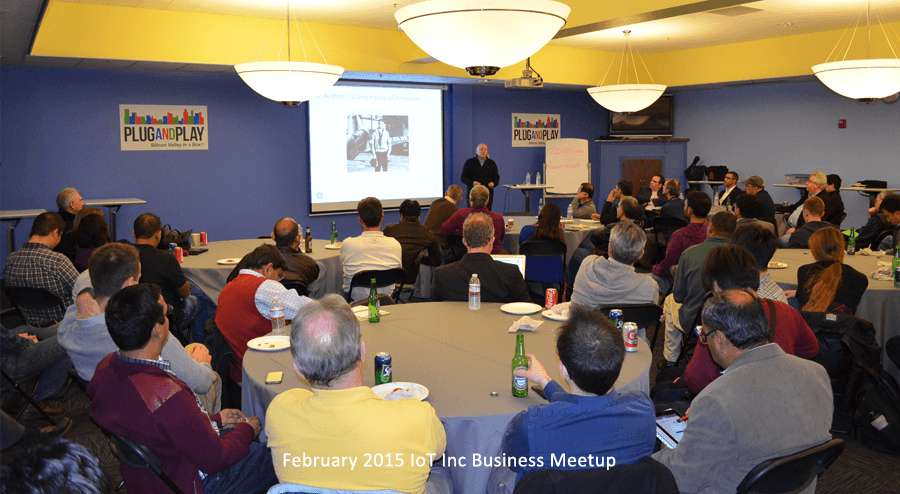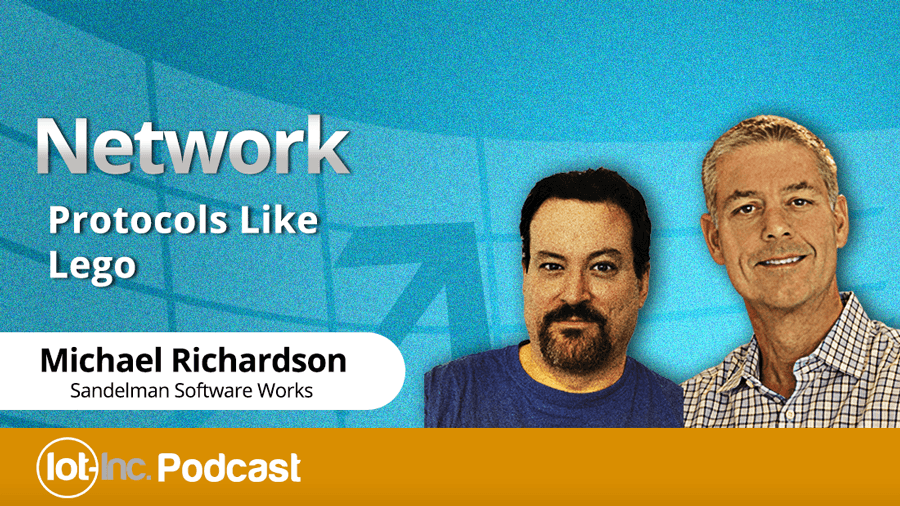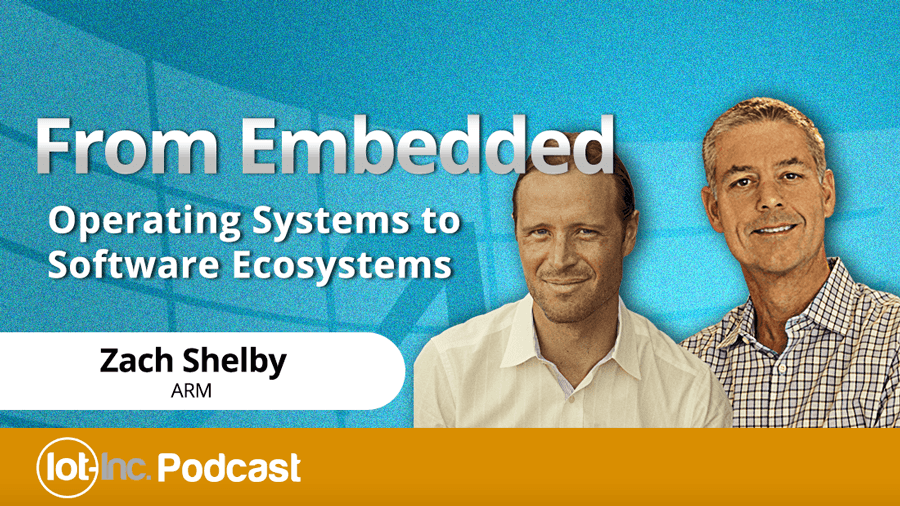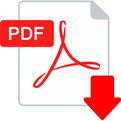17 Mar A Symbiotic Partnership between Standards Bodies and Consortia
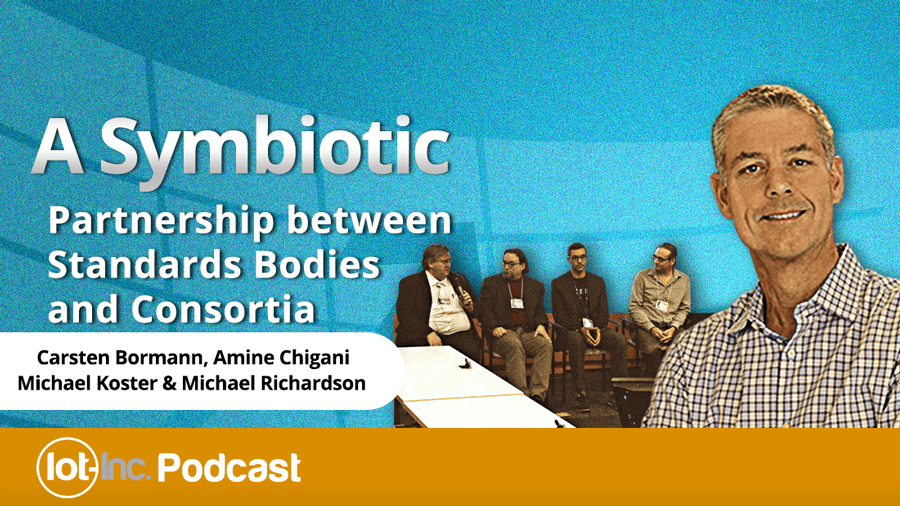
Episode 11
There’s a symbiotic partnership between standards organizations, like the IETF and IEEE, and the non-profit alliances, groups and IoT consortia. The IoT industry needs standards but sometimes the standards organizations, when left to their own devices, can be guilty of satisfying only the vendors’ needs who are on the committees or being too broad, satisfying everyone but producing nothing of value. The non-profit IoT consortia play a major role in driving requirements for these standards and their subsequent testing, certification and marketing. The grey zone is when the consortia get into the standards game. There’s value in making “standards” of standards but it can also be detrimental to the industry at large when they are not made open to the public.Listen to this podcast (or read the transcript) with panelists Carsten Bormann, Amine Chigani, Michael Koster and Michael Richardson ...
